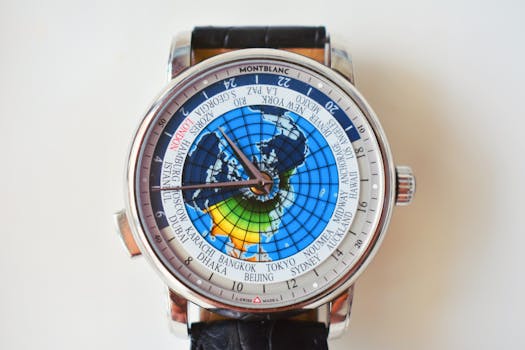Traveling Through Time: How Europe’s Historical Heritage Shapes Modern Lifestyles in 2025
Traveling Through Time: How Europe’s Historical Heritage Shapes Modern Lifestyles in 2025. Europe, a continent steeped in history and tradition, has a unique ability to blend the old with the new. From the ancient ruins of Greece and Rome to the modern cities of London and Paris, Europe’s historical heritage continues to shape modern lifestyles in 2025. In this article, we will explore the ways in which Europe’s past influences its present, and how this rich cultural heritage is shaping the lives of people living in Europe today.
Architecture and Urban Planning
One of the most obvious ways in which Europe’s historical heritage is shaping modern lifestyles is through architecture and urban planning. Many of Europe’s cities are filled with historic buildings, from medieval castles to Renaissance palaces, which have been carefully preserved and restored to their former glory. These buildings not only provide a glimpse into the past but also continue to serve as functional spaces for modern-day residents and visitors. For example, the ancient city of Rome is home to numerous historical landmarks, including the Colosseum and the Pantheon, which are still used today for cultural events and tourist attractions.
Art and Culture
Europe’s historical heritage is also evident in its vibrant art and cultural scene. From the works of famous artists like Leonardo da Vinci and Vincent van Gogh to the numerous museums and galleries that showcase the continent’s rich cultural heritage, Europe is a treasure trove of artistic and cultural expression. The Uffizi Gallery in Florence, the Louvre in Paris, and the National Gallery in London are just a few examples of the many world-class museums that can be found in Europe. These institutions not only provide a window into the past but also continue to inspire and influence modern artists, musicians, and writers.
Food and Wine
Another way in which Europe’s historical heritage is shaping modern lifestyles is through its cuisine and wine production. European cuisine is renowned for its diversity and richness, with each country and region having its own unique culinary traditions. From the pasta dishes of Italy to the seafood stews of Spain, European cuisine is a reflection of the continent’s complex history and cultural exchange. Wine production is also an important part of Europe’s historical heritage, with many of the continent’s wine-producing regions, such as Bordeaux and Tuscany, dating back centuries.
Conclusion
In conclusion, Europe’s historical heritage continues to shape modern lifestyles in 2025. From architecture and urban planning to art and culture, food and wine, the continent’s rich cultural heritage is evident in many aspects of modern life. As we look to the future, it is clear that Europe’s historical heritage will continue to play an important role in shaping the lives of people living in Europe and around the world.






